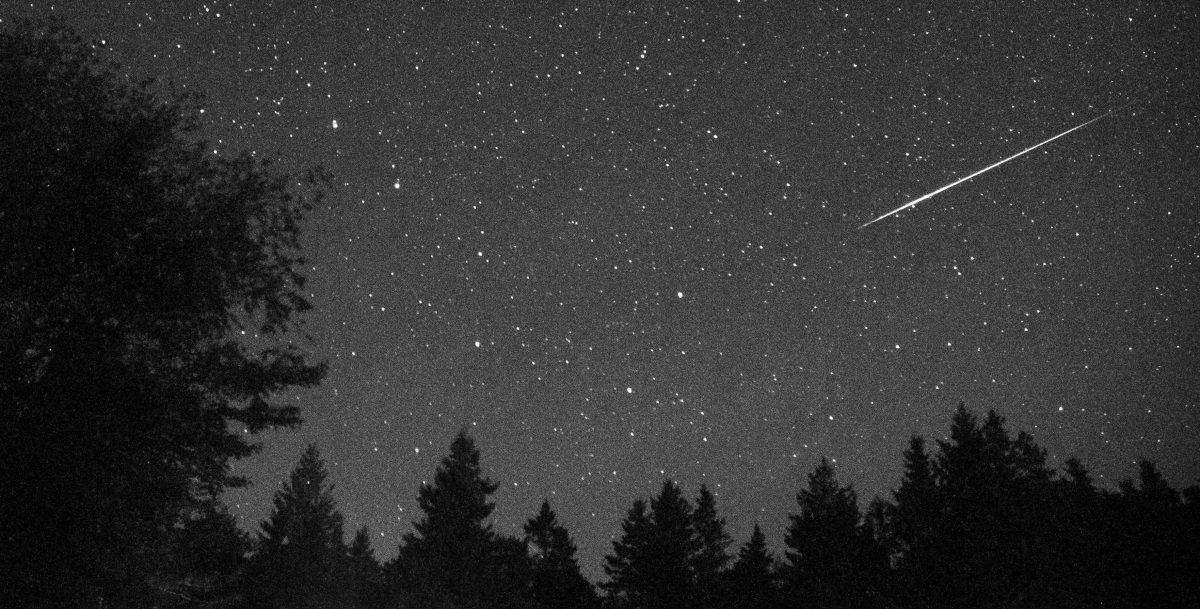
The annual Perseids Meteor Showers is peaking the mornings of August 11-13th! So get out your tripods, bring a mug of coffee, grab some friends, and go shoot them! Here’s some tips on how!
PRE-SHOOTING PREPARATION:
Charge your batteries fully before going out. It might be a bit colder at night, and that can affect battery life. Just in case, bring some warm clothes, a hat, and gloves. Bring some hot beverages, some friends, and make it a fun outing! At least you’ll have someone to talk to between exposures. Might also want a chair to rest as you shoot.
Also bring a flashlight or LED keychain light so you can see what you are doing when changing your settings. A headlight looks dorky, but it let’s you works with both hands.
TIME TO GO OUT:
The meteors will peak in the early morning hours of August 11th/12th and 13th. There could be as many as 50-80 meteors per hour for a normal event, but we can get up to 150-200 per hour! They can be seen anytime, but the best chance will be midnight to dawn.
This year there will be a crescent moon out at night, but it shouldn’t hamper your views/photographs.
You can also try for the nights before and after the peak, there will still be meteors, just not as many!
WHERE TO GO AND SKY CONDITIONS:
You want to be as far away from the City/Town as possible to reduce the amount of light pollution. Find a dark road out in the country somewhere far away from street lights.
Obviously it has to be a clear night that you can see the sky.
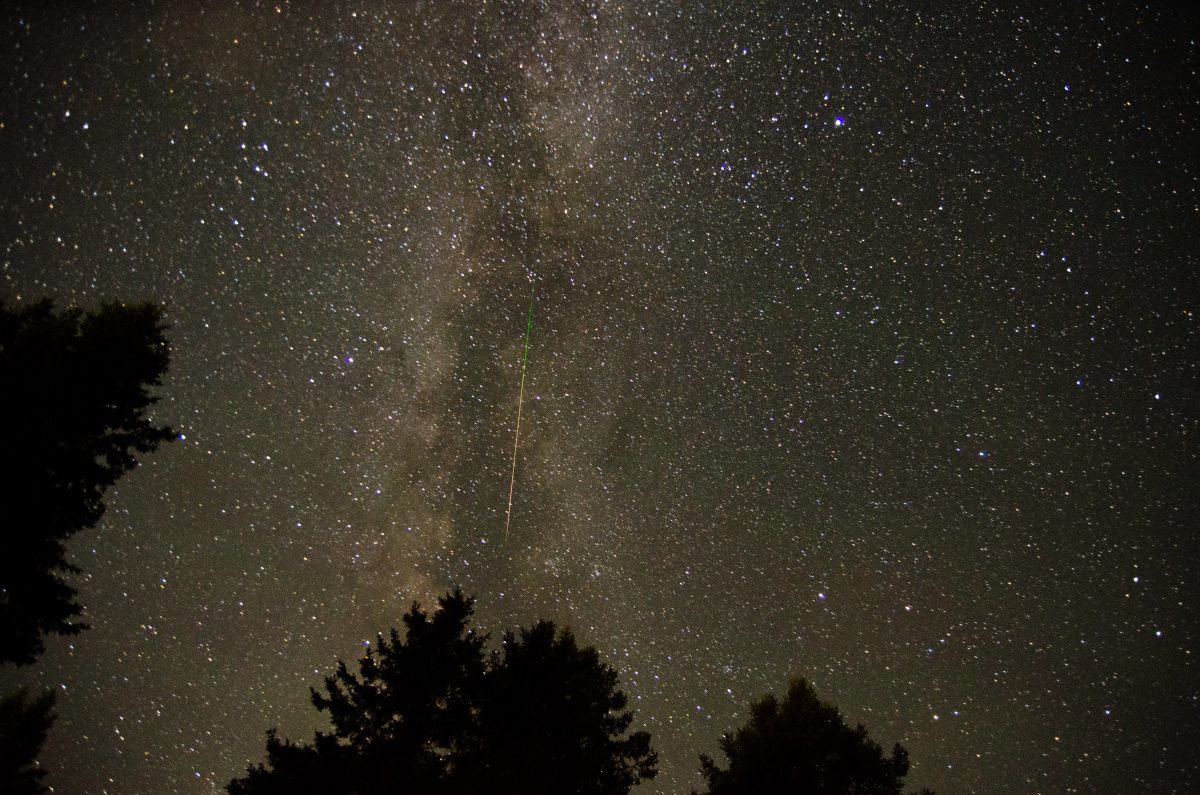
FINDING THE METEORS
You should be able to see lots of meteors looking to the northeast. They will radiate from the Perseus constellation. A great way to find the constellations is to use an app like Sky View for IOS or Android or Sky Guide. However, they will streak across the entire sky.
For more info on the Perseids, check out this article on EarthSky.org.
DO I NEED A TRIPOD?
YES and the heavier the better!
REMOTE/CABLE RELEASE
Always better to use a remote control or cable release when shooting long exposures on a tripod, as it will ensure there is no pontential camera shake from pushing down the shutter button.
VR/IS/OIS
If you have any form of stabilizer on your lens, make sure you TURN IT OFF! When using a tripod, the stabilizer might actually create blur.
ISO:
Start with 400 ISO and see how much detail you can pick up. If you aren’t getting enough details or don’t have a wider aperture lens (F4 or lower), try 800 ISO and then go higher if necessary.
LENS:
You want to use a wide(16-35mm) to normal lens(50mm) so you can get a wide range of sky area.
SHOOTING MODE:
This has to be MANUAL as you need to set both the shutter speed and aperture. Your camera cannot meter properly for the stars!
SHUTTER SPEEDS:
The longer the speed you use, the more meteors you will get. However, if you go too long, the stars will begin to form trails. To figure out how to long to shoot the stars without getting trails, you can use this general guide.
Divide 600 by the length of your lens, and that is how many seconds you should use. For example, if you are using a 17mm lens, 600/17mm= 35 seconds.
However, if you do long exposures like 30minutes to 1 hour(or longer), you will get star trails that look neat along with the straight lines of meteors.
The photo below was done for three hours (although you can see the light pollution made the sky brownish instead of black!) Note you will need a cable release or remote, and use BULB mode to do this. No way you can hold the button down for 1-3 hours…
NOTE: Many digital cameras will max out the shutter length at 30 minute to prevent overheating and damage..most likely that will be the longest you can do.
APERTURE/F-STOP:
Use your widest aperture (smaller number, for example 3.5/4.5) to let in as much light as possible. If you find the meteors coming out a bit bright, you can stop down one setting. If you have a lens that has a really wide aperture(1.8/2.8) that is even better!
FOCUS:
You have to use MANUAL focus and focus on the stars or set the focus on the lens to Infinity.
WHITE BALANCE:
I would suggest shooting RAW, and then playing with the white balance if needed. Had I shot the one at the top raw, I could have switched to TUNGSTEN/INCANDESCENT balance to correct for the orange.
If you are shooting JPEG, do a test using DAYLIGHT/FULL SUN and see how it looks. If you do have things lit up by ambient light around you(like street lights, etc) you may want to use TUNGSTEN/INCANDESCENT instead, but it could make the sky go a bit too blue.
COMBINING SHOTS:
-It’s possible to combine the images of separate meteors into one image using Photoshop. The difficulty is the position of the stars will change as the Earth rotates, so you’ll need to find star clusters that you can use to line the shots up.
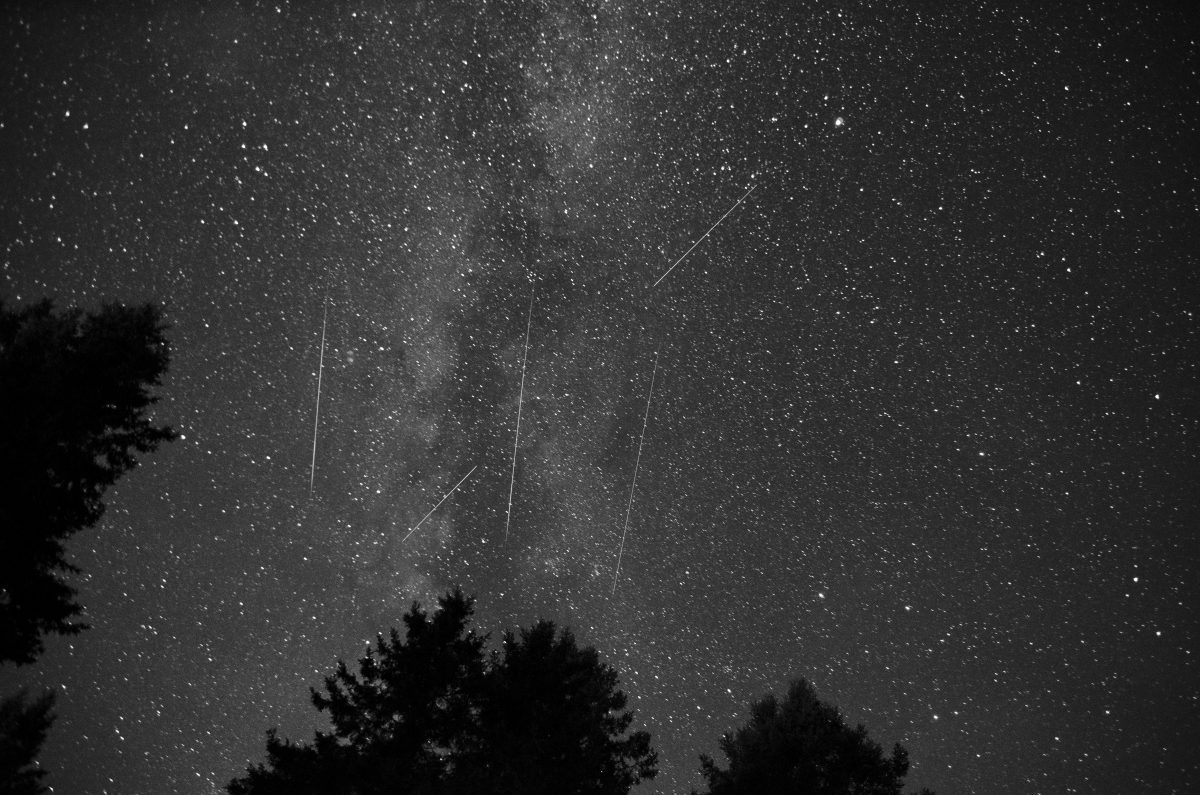
OTHER SHOOTING TIPS:
-If you want to include trees, mountains, the horizon, etc they will provide an interesting silhouette shape and scale.
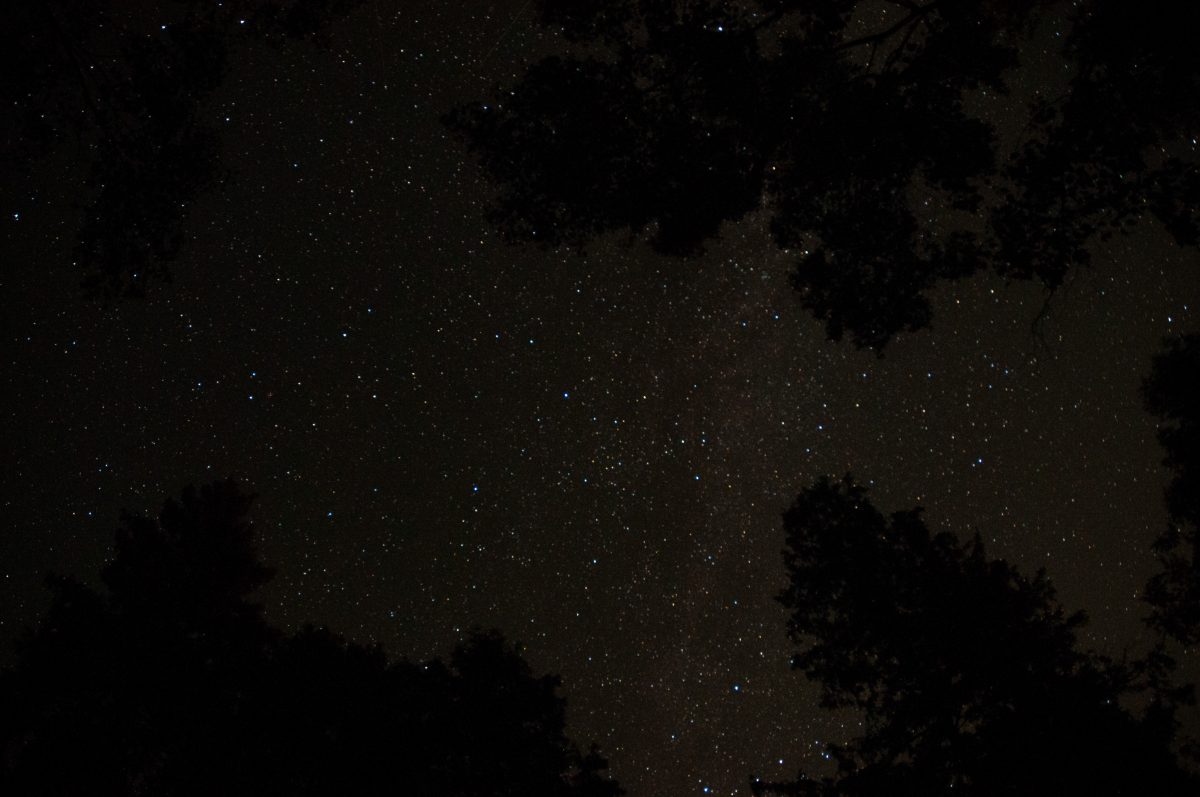
-You could also try using a flash or LED light during the exposure to light up the trees!

-Have an old film camera kicking around? Haul her out, throw in some ISO 400 film, and take some long exposures!(You have to have to use a cable release)
-You may also capture other elements in the sky, like planes or satellites!
Here’s an image you can save to keep on your phone for handy reference! Tap on the image to load it large, then TAP and HOLD and select SAVE AS to download it to your device.
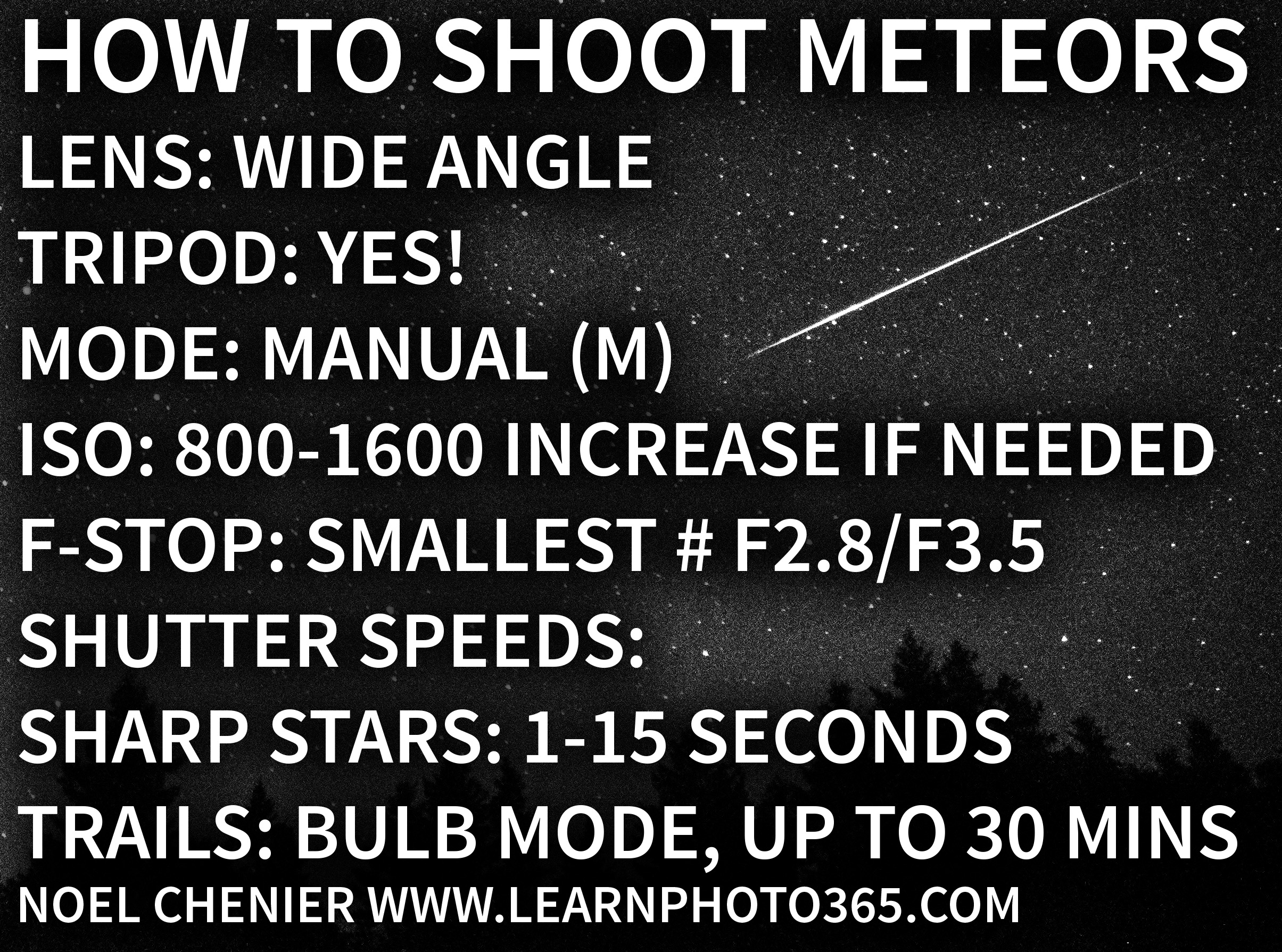
Hope you get clear skies!
Want to make sure you get all the latest posts and info? Subscribe!
Noel Chenier
———-
Photographer and teacher
Connect with Noel on INSTAGRAM or TWITTER or via EMAIL
Photography Assignment Generator Apps now available on the app store!
Noel’s Portfolio
Work Done by My Students!
(2624)


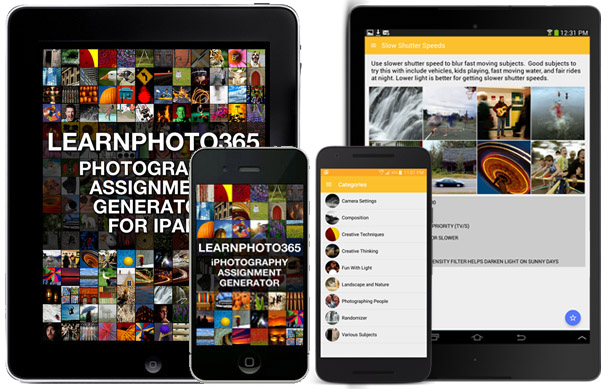
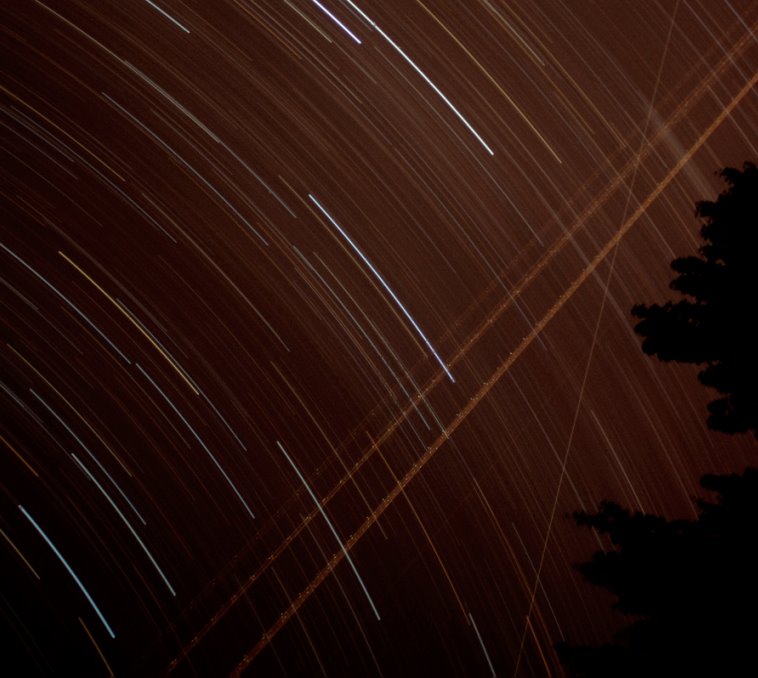
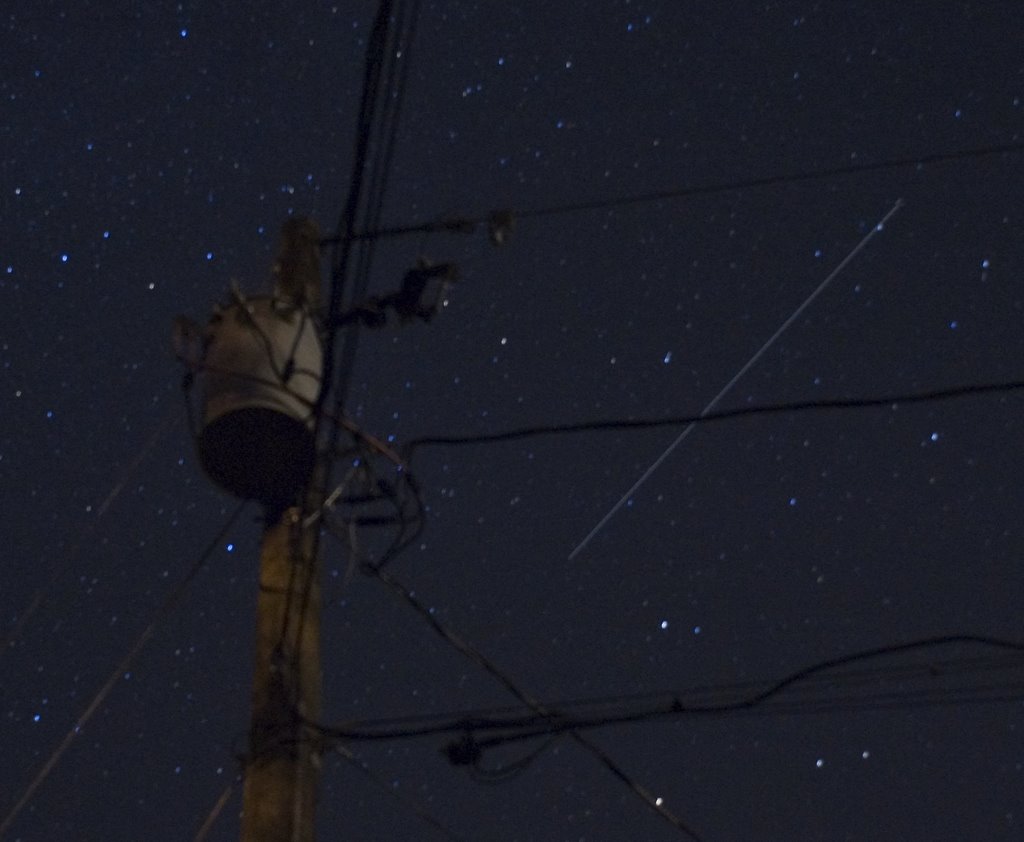
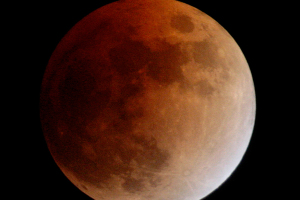
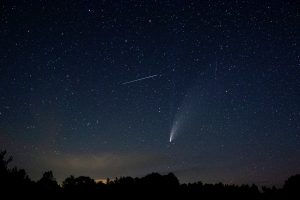

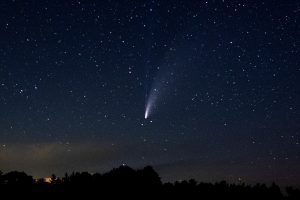
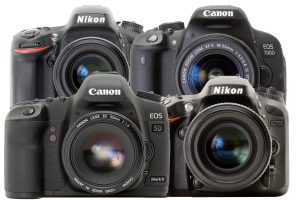
Hi<br /><br />i spending 3 night in a cool weather on my home roof ! i saw many meteors but can't catch them in photos except this one : pic.twitter.com/7TXuKkbfFp <br />i used a Canon PowerShot A2200 with<br />maximum 15" exposure time .<br />it was very hard job with such a compact camera !